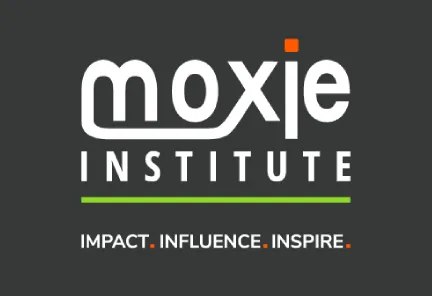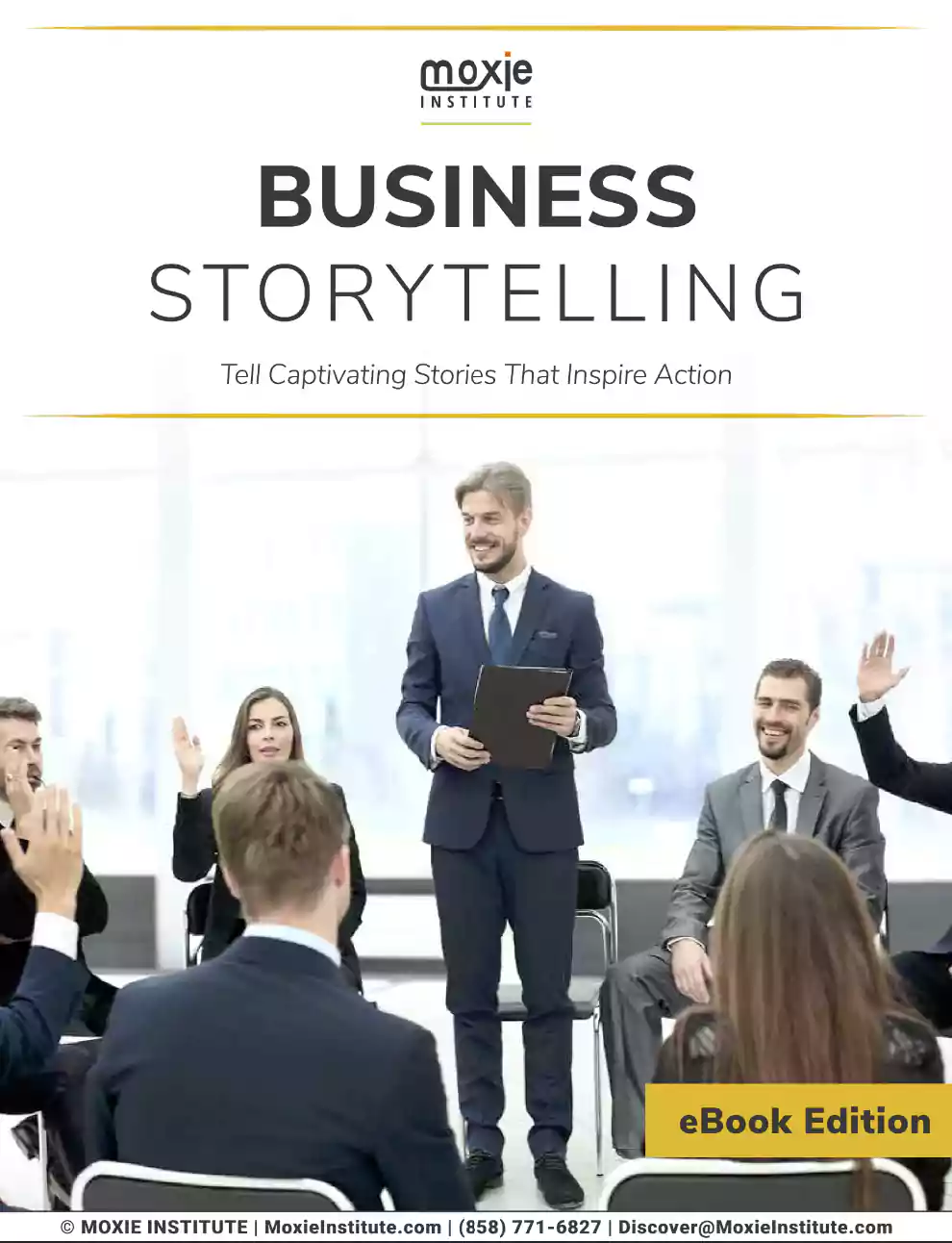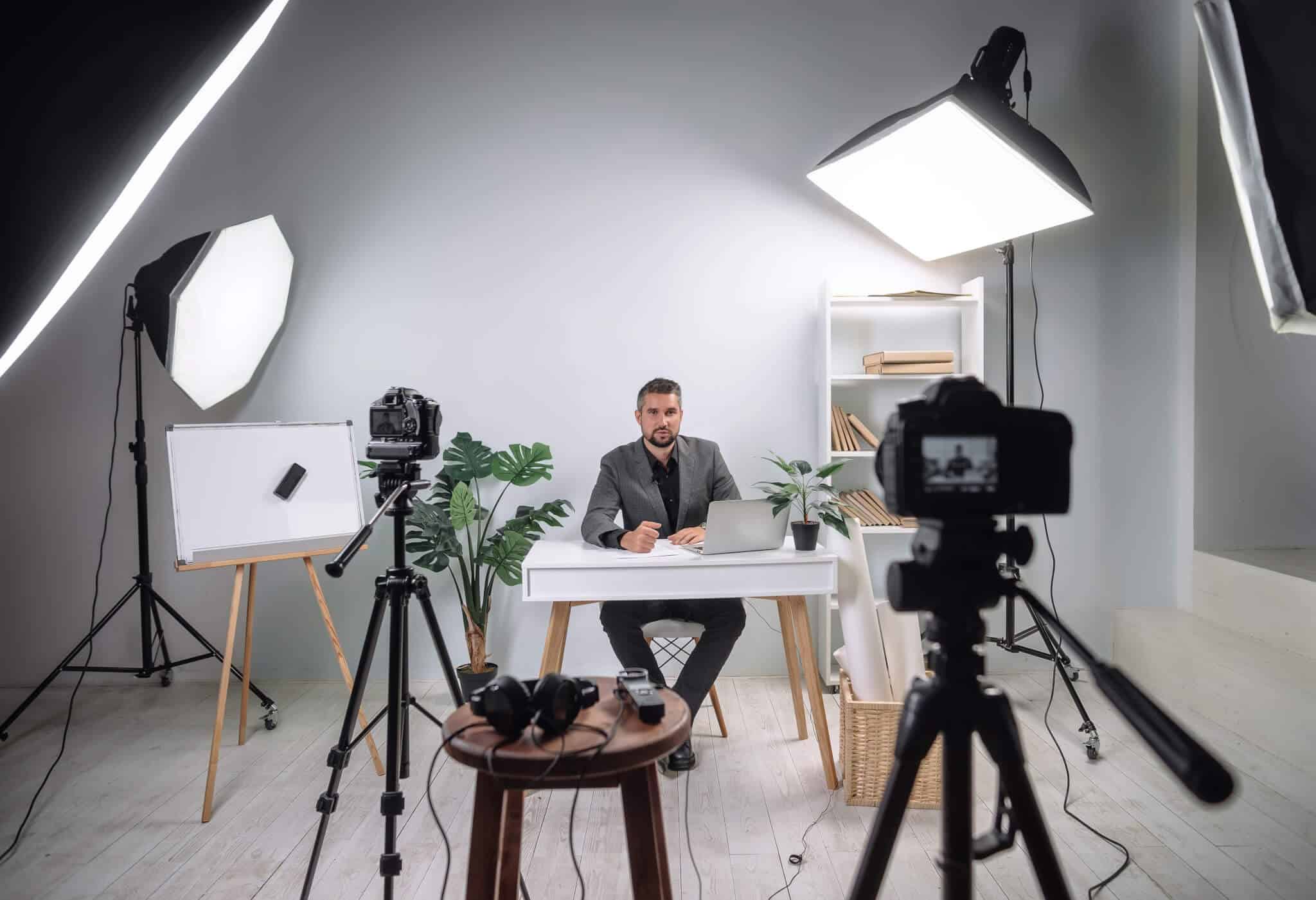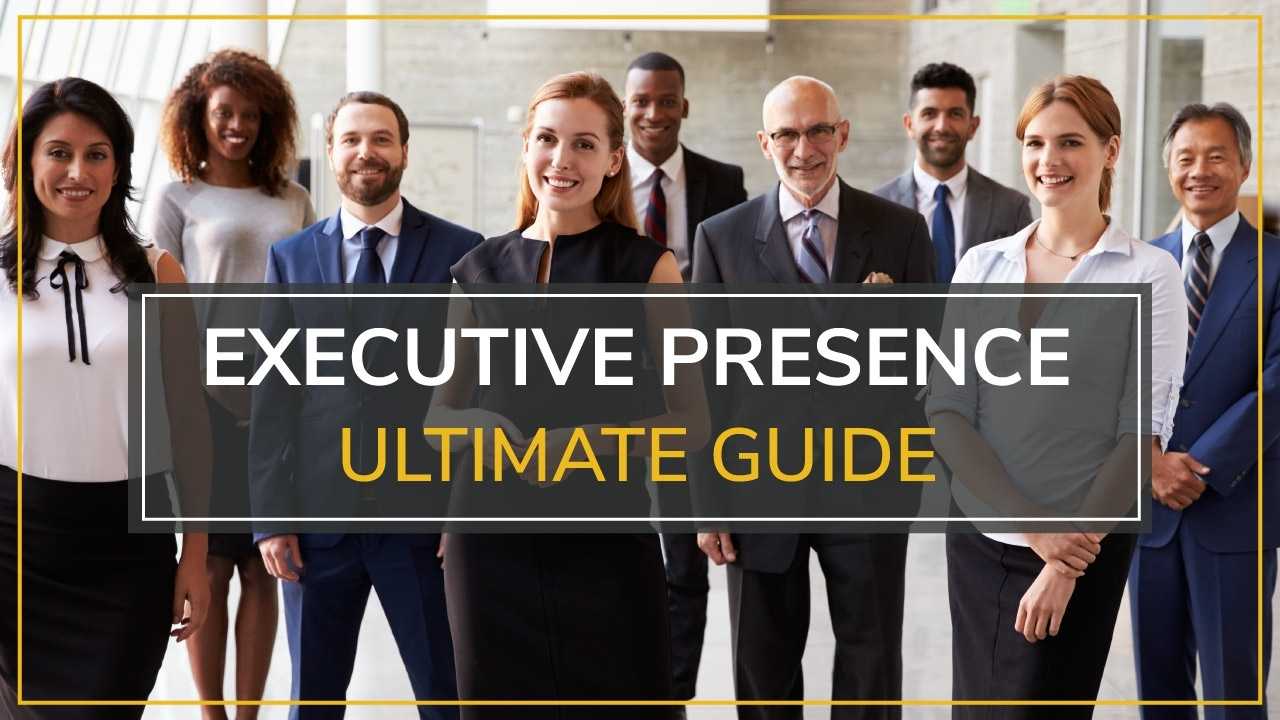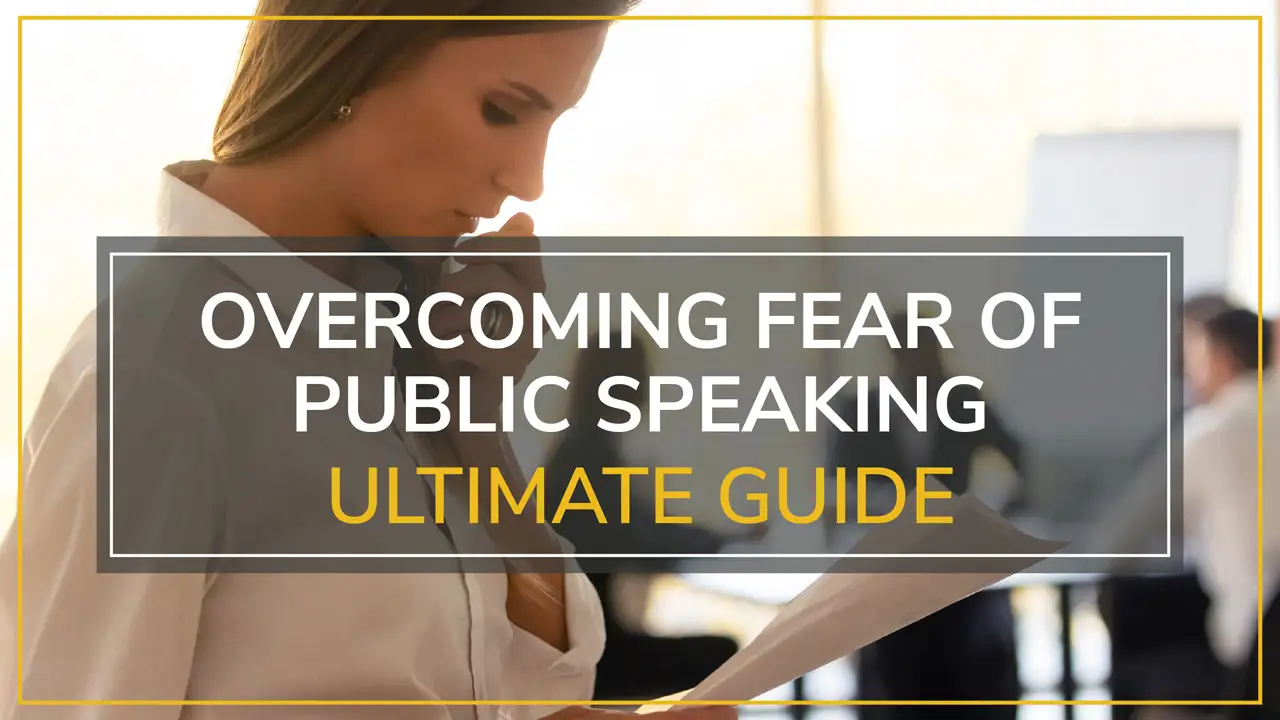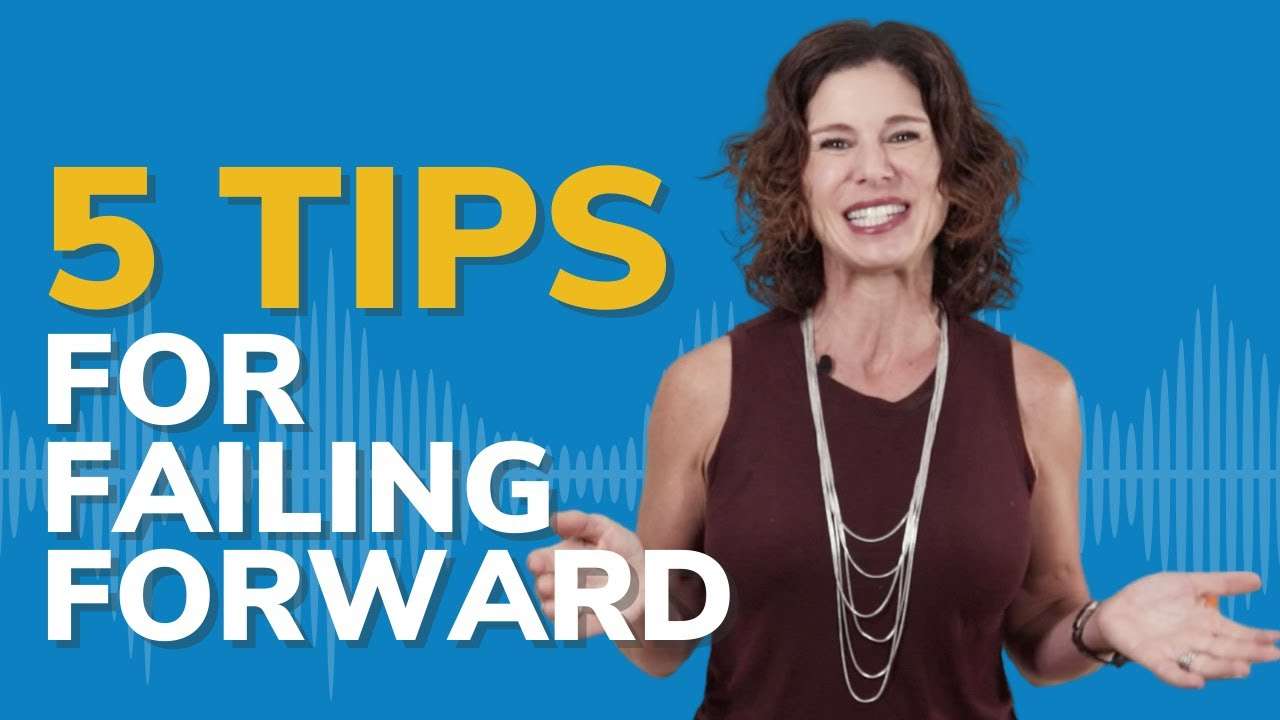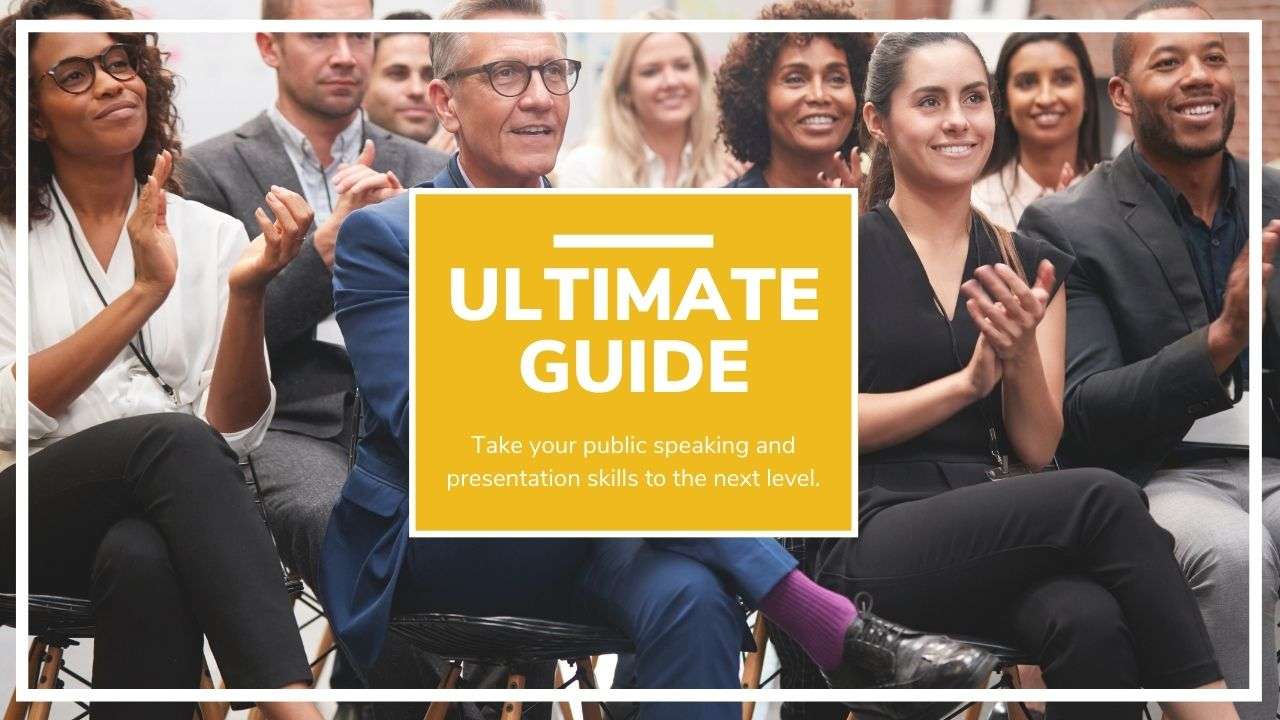Tiger Woods. Janet Jackson. Roseanne Barr. Big Tobacco. Facebook. H & M. BP during the oil spill. Burger King.
Would they agree that “There’s no such thing as bad publicity?”
Who can forget the biggest PR blunders of the decade? That is not the way you want to go down in infamy.
With news on fast-forward via social media, it’s easier than ever to experience immediate and far-reaching negative publicity. Executives now worry more than ever that a disastrous public relations incident can strike at any time.
Though negative press can cause you to go viral for the wrong reasons, positive publicity can be a game changer. Camera appearances like news or talk show interviews can offer invaluable exposure for executives looking to skyrocket their careers or companies looking to bolster a public persona.
Everyone talks about how the camera adds ten pounds. But no one mentions that it can add a zero or two to your income.
So what can you do to tip the scales toward a positive media experience over a disastrous one?
Navigating on-camera work is a unique dynamic. Media training can provide a foundational framework so you have the poise and preparedness to succeed when it’s time for action in every single situation.
No matter what your industry, you can be prepared, informed, and in control in front of the camera. Here’s how:
PAUSE – MAKE SURE YOUR MESSAGE COMES FROM THE CORE WITH INTEGRITY.
The most important advice in order to avoid a PR nightmare is to know who you are and what your company stands for at the core. With a strong sense of corporate social responsibility and a keen awareness of what is ethical, you can’t go wrong.
First of all, make sure that all of your employees are trained and rooted in the company’s vision statement and values. Especially be sure that your spokespeople have internalized the company’s core mission and culture so that an authentic message flows in complete alignment.
And second, make sure that you or those representing your company take a beat – in every single situation – to truly evaluate the effects of what you are doing and saying for the community at large.
CONTROL THE INTERVIEW AND DELIVER PERSUASIVE MESSAGING.
Media training can help you pinpoint the right message, as well as how to deliver it effectively. Whether on camera with a hostile interviewer or onstage with a difficult audience, it is possible in every situation to maintain control of the interview and keep your message positive. This comes through practice and careful crafting, while being aware of your body language and your words can be extremely powerful in a volatile situation.
The more you practice and learn, the more adept you will become at mastering impromptu Q & A and deflecting negative questions. Consequently, the more in control you will feel and appear.
LEARN AND LEVERAGE A SPECIFIC REPERTOIRE OF ON-CAMERA SPEAKING SKILLS.
Some people seem natural in front of the camera, using a conversational tone to respond to questions with ease. Others seem defensive and dodge questions, crossing their arms across their chests. Obviously, it’s easier to trust the first type of person. And although some people seem more natural than others at communicating, we have found that even the most exceptional public speakers still require practice and training to truly hone their skills, especially when a camera and microphone are involved.
No matter how shy or nervous, anyone can learn how to react with poise. On-camera media coaching can be extremely helpful. Since practice is required, it’s best to get the help you need long before a situation blows up.
From interviews to broadcast roles to corporate webinars, a media training can help you refine a video appearance that looks and sounds like you’ve been in front of a camera your whole life.
CRAFT STRATEGIC SOUND BITES.
Whether you have experience in public speaking or not, you can learn how to refine your message and deliver it with confidence in the most impactful way. Not only must you stay on message, it is also critical to edit down to the most concise sound bites that will resonate with the public.
UNDERSTAND THE NUANCES OF THE PRESS.
Did you know that saying “no comment” is outdated and no longer an acceptable response? Understanding how to communicate effectively with the press is critical. It’s important to remember that media representatives are doing their jobs, just like you. They need information and you get the opportunity to provide it – and even to put your own spin on it.
You can deliver this information effectively by making timely responses and distilling your message into the strategic sound bites mentioned above, rather than veering off topic or meandering into lengthy descriptions while you are slotted for a short amount of time.
Additionally, keep in mind that particular media outlets are looking for specific types of information. You can learn these nuances in a media training or by doing your research groundwork beforehand.
HONE YOUR BODY LANGUAGE, EYE CONTACT, VOCAL CONTROL, AND PRESENCE.
Your nonverbal communication is just as important- if not more so than – the perfect message you’ve crafted. For instance, if your posture is hunched or your arms are placed protectively in front of you, but you are saying that you are confident everyone is safe, will they believe you?
Did you know that you can mirror the body language of your interviewer to be viewed with the same level of trust they are? And you may also enjoy trying out power posing to improve your confidence before the interview.
As an added bonus, honing these skills can undoubtedly drive your career forward by permeating all of your interactions – both professional and personal – and improving your communication skills.
A media training can help you become conscious of the body language you are choosing most often and will help you practice confident, trustworthy posturing. Even the tone and tempo of your voice can affect the way you – and your message – are perceived.
BE PREPARED.
Practice, practice, then practice some more. You can work with your media coach on your delivery or ask a trusted friend for feedback. You may even record yourself to see how you come across on camera and tweak what must be changed. Do you have any vocal tics, such as saying “um” or “like” instead of simply pausing? Evaluate your opportunities for improving your communication and practice again.
The following fictional situation could have been disastrous, yet is handled with poise. Do consider being prepared (in this case reading the book) to avoid a situation like this one:
Take a deep breath, trust your message and your ability to deliver it, and know that we are cheering you on.
Fia and Gregg Fasbinder
CEO and President
www.MoxieInstitute.com
hello@moxieinstitute.com
(858) 771-6827
